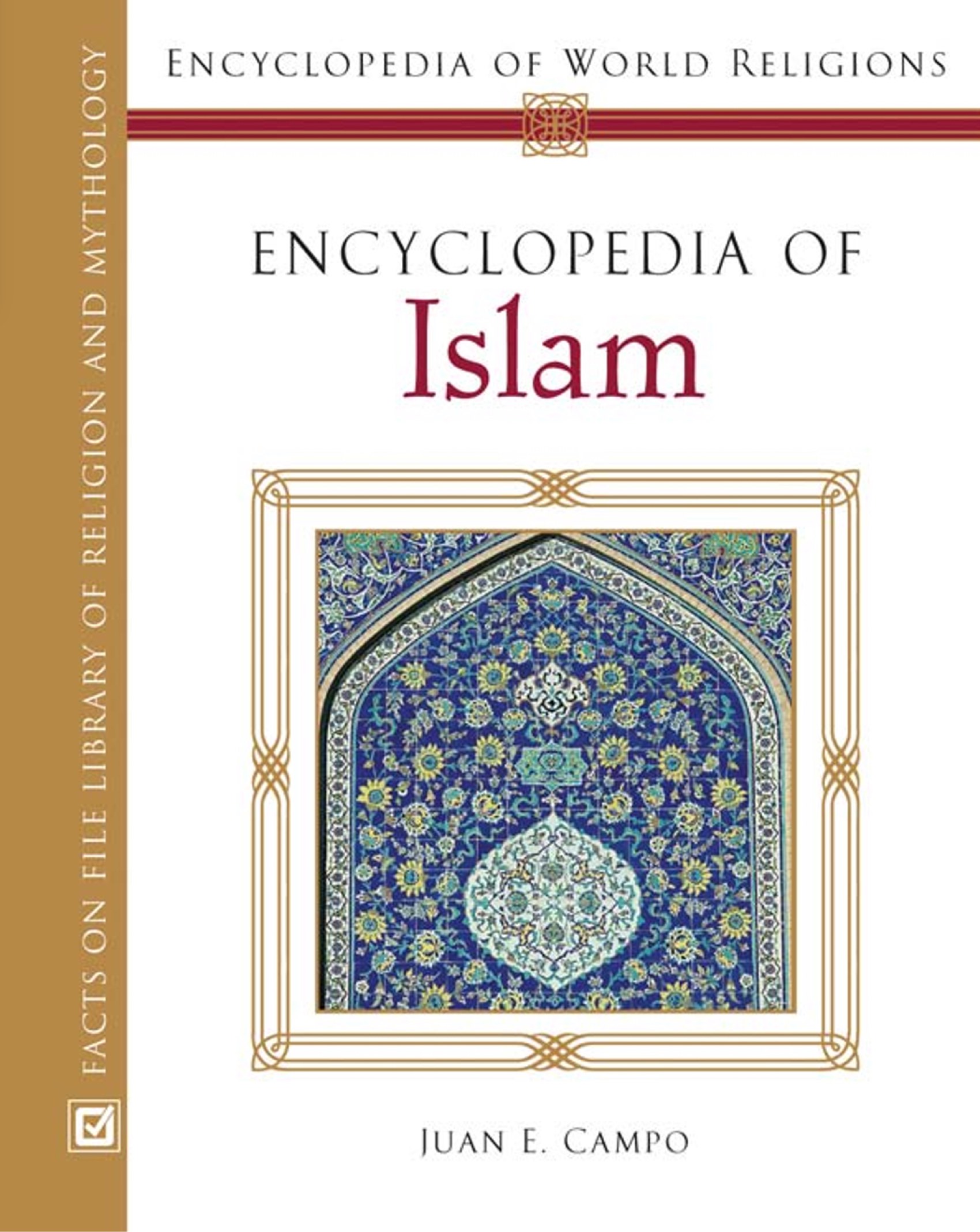Encyclopedia of Islam
Here is a summary of the “Encyclopedia of Islam” edited by Juan E. Campo:
Purpose:
This reference work is part of the Encyclopedia of World Religions series and aims to provide a comprehensive, accessible overview of Islam’s beliefs, history, practices, culture, and global impact.
Key Themes and Structure:
1. Introduction to Islam:
• Islam began in the 7th century in the Hijaz (Arabian Peninsula) with the revelations to Prophet Muhammad.
• It expanded rapidly, shaping civilizations across the Middle East, Asia, Africa, and beyond.
• The book frames Islam as both a religion and civilization, influencing philosophy, science, arts, and daily life.
2. Organization of Content:
• Contains around 800 alphabetically arranged entries, covering:
• Key concepts (e.g., sharia, jihad, tawhid)
• Historical events (e.g., Hijra, caliphates)
• Important figures (Prophet Muhammad, Imams, rulers, reformers)
• Places and cultural practices within Muslim societies
• Includes 200+ biographies, emphasizing both historical and modern figures.
• Rich visual content: maps, illustrations, genealogies, and architecture.
3. Movements and Traditions:
• Explains differences and development of Sunni, Shia, and Sufi traditions.
• Covers sects, reform movements, and regional expressions of Islam.
4. Contemporary Issues:
• Discusses Islam in modern politics, terrorism, interfaith dialogue, and Muslim identity in the West.
• Entries on recent figures and events like al-Qaeda, 9/11, and Muslim immigration.
5. Education and Outreach:
• Targets students and general readers.
• Entries use nontechnical language but are based on scholarly sources.
• Includes a bibliography and index for further study.
This encyclopedia offers a balanced, richly detailed view of Islam—historically grounded and globally relevant.
